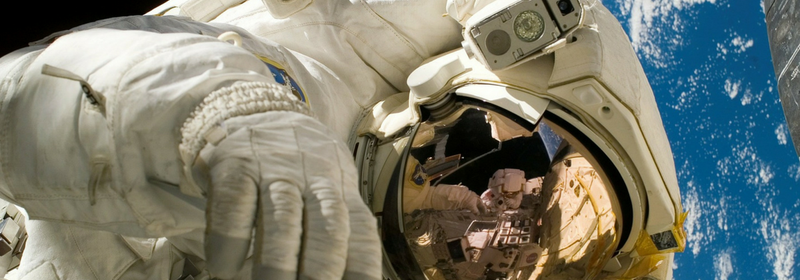
Astronaut Food Made from Astronaut Waste
Article Header
« Return to Main PageAstronaut Food Made from Astronaut Waste
Last summer, for Ci 4.0, our camp theme was “space” and some of our campers even got to meet and chat with a real astronaut, Barry Wilmore, a captain of the International Space Station who has done a spacewalk. Hearing him talk about living in space is exciting and his passion for God’s creation is contagious. But there are some not-so-glamourous aspects of being an astronaut—like the food.

One of the STEM activities we did last summer involved planning a trip to Mars and coming up with proposed solutions to some of the problems such a long trip would entail. And researchers at Penn State University have been doing this too and they have developed a way to provide food for astronauts on the long journey to Mars: “converting solid waste into edible biomass.”
Astronauts already have to drink recycled urine (it’s completely safe but still, the idea is gross) but this takes things one (gross) step further. Using a device sort of like a fish tank filter, the astronauts’ waste is treated with microbes that turn the waste into fatty acids while other microbes turn those fatty acids into methane. Then still other microbes eat this methane and, in a matter of hours, produce a nutritious (but no one said it would be delicious), edible “biomass.” One researcher described it as “a smear of ‘bacterial goo.’” Yum!
Mankind is incredibly adept at developing novel solutions to the problems we face and we bring glory to God when we do this. Space travel is an exciting avenue of research and could someday result in astronauts traveling to Mars or maybe someday even other distant places. And, as past space programs have shown, the innovations developed for space travel (like camera phones, scratch-resistant lenses, athletic shoes, ear thermometers, and the computer mouse) often have practical applications for our day-to-day lives—let’s just hope this bacterial goo doesn’t!
Would you eat bacterial goo for a chance to go to Mars? Hop on our Facebook page and let us know!








